Much of the remaining hedgerows around my village are hawthorn and during lockdown time in May, were full of blossom both white and pink. and so being careful to sample only little from a wide area of hedgerow, I took enough to test out the dye from blossom separately from leaves and twigs.
The blossom was cut off from the twigs and simmered for an hour, fibres added then allowed to cool down overnight.
The blossom was cut off from the twigs and simmered for an hour, fibres added then allowed to cool down overnight.
The leaves and twigs were cut up into 5cm pieces and left initially in a bucket overnight covered with freshly boiled water. In the morning this was heated to a simmer for an hour, strained of plant vegetation, fibres added to the dye and allowed to cool overnight (300%wof)
I was surprised how dark the yellow appeared from the blossom, but then I did use about 500% wof. The dusky pink of the unmordanted fibre and salmon from alum mordanted fibre were lovely and something I would try to repeat. There should be enough tannin in the leaves and twigs released that I don't necessarily need the fibres mordanted The dusky pink only seems to be produced from un mordanted fibre, and only when it was not heated up too much or for too long.
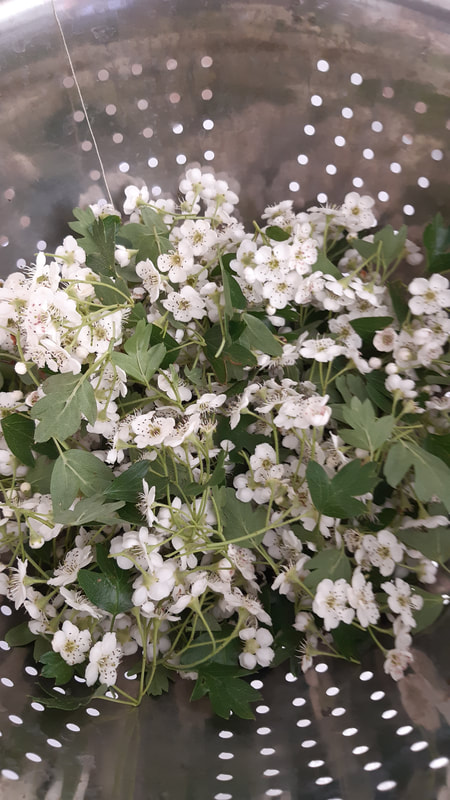
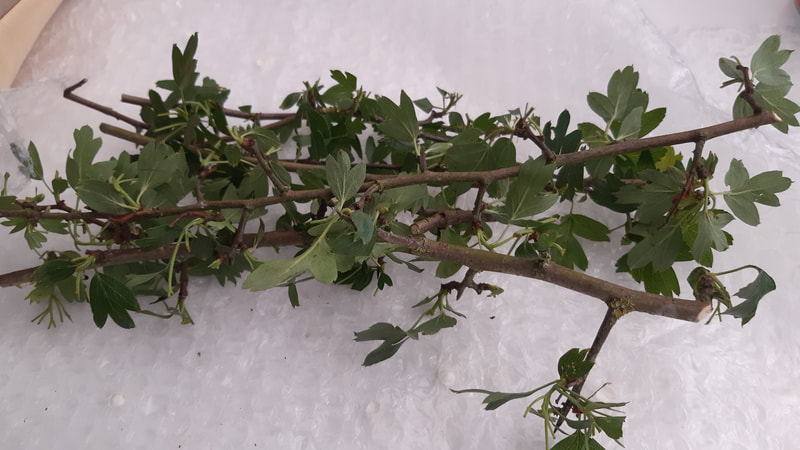
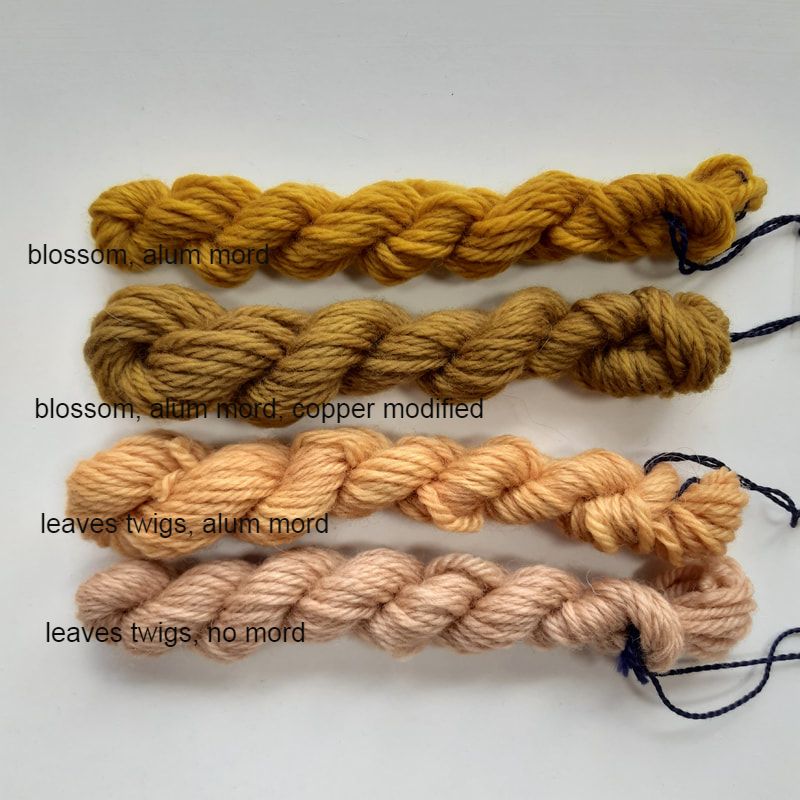
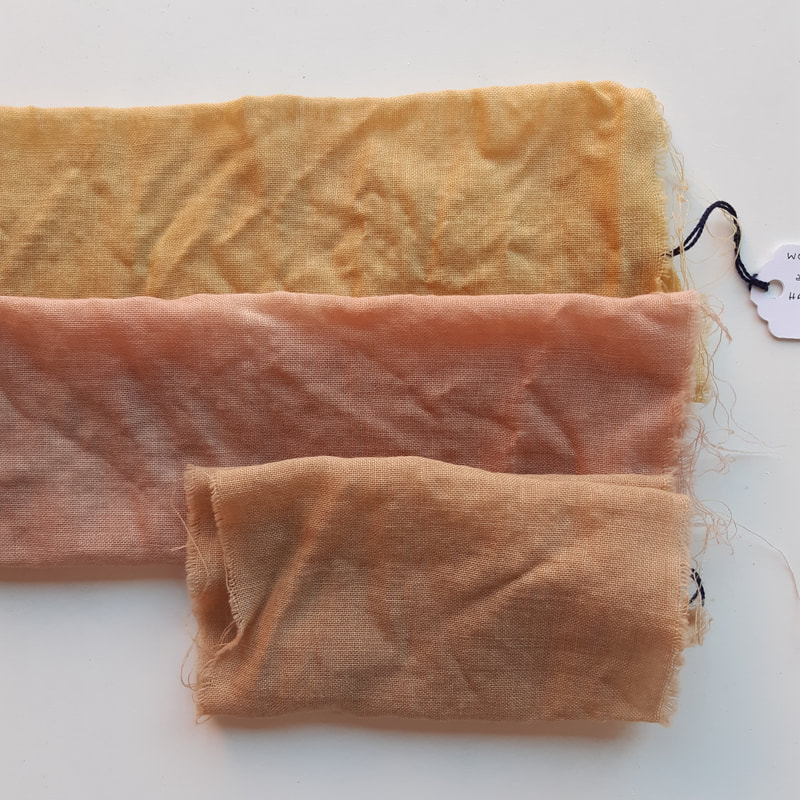
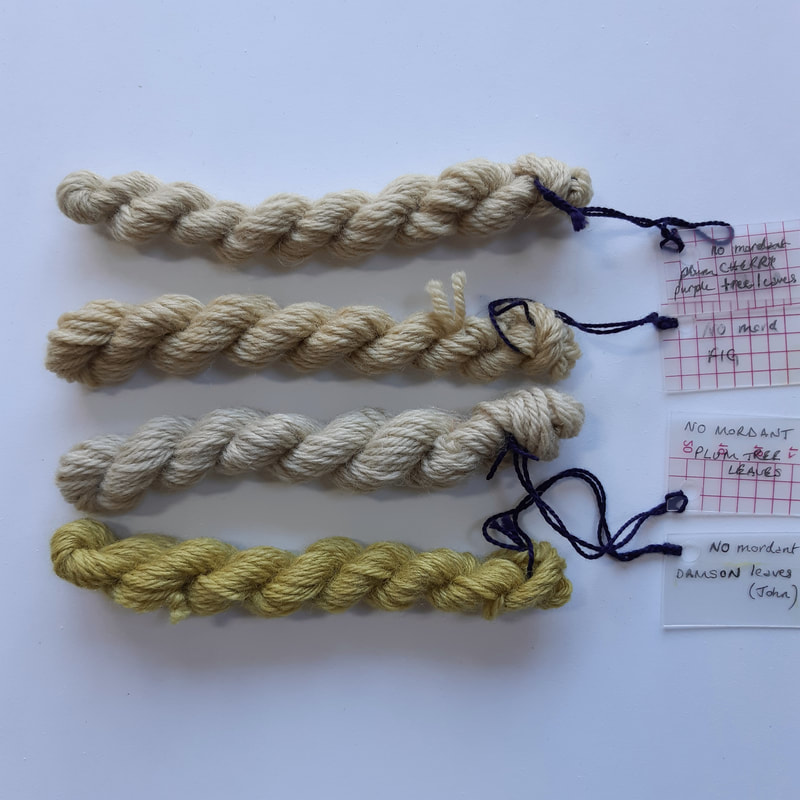
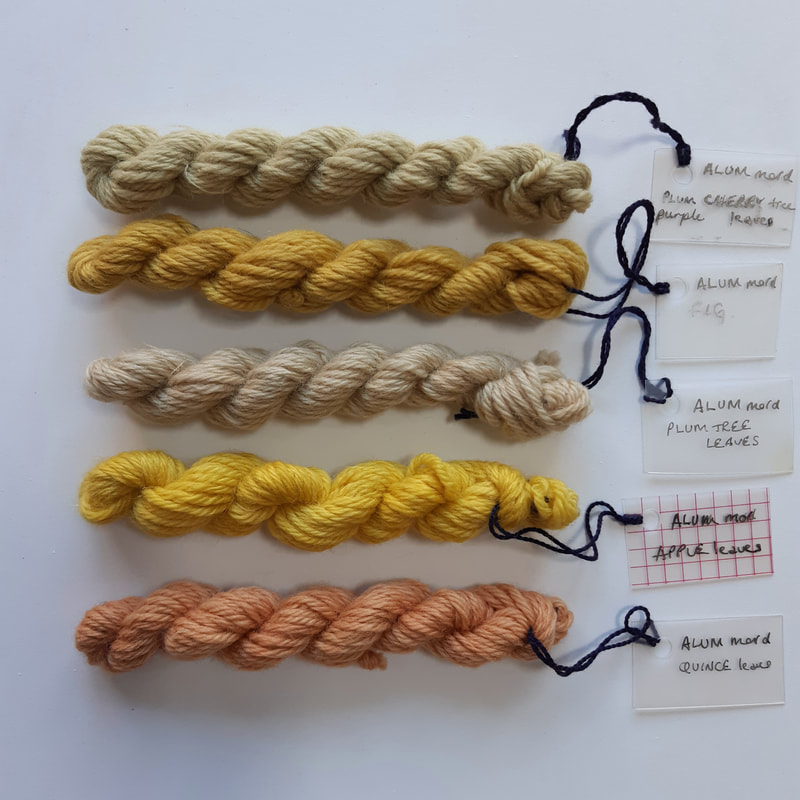
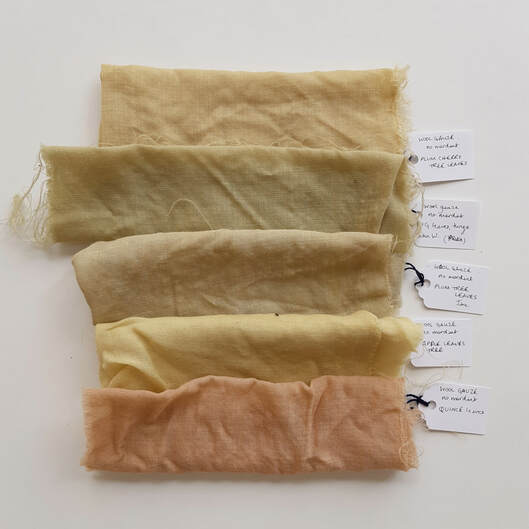
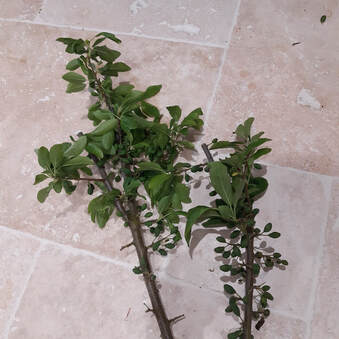
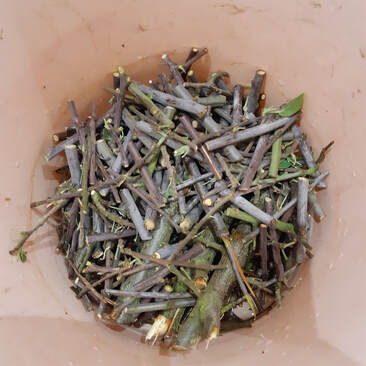
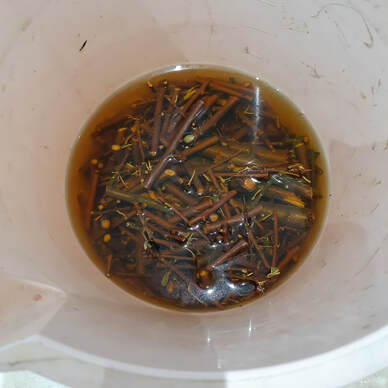
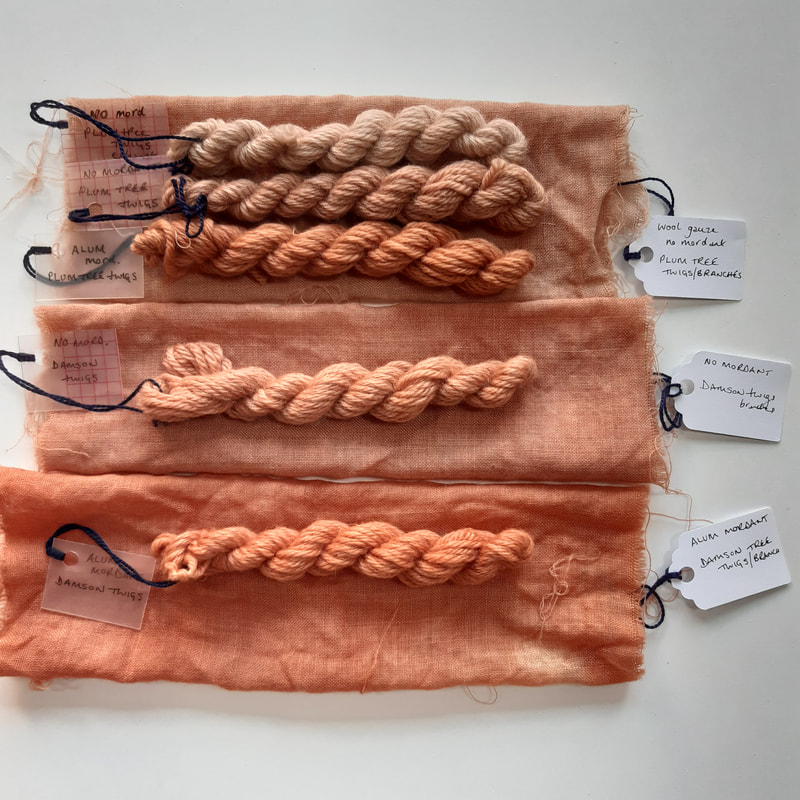
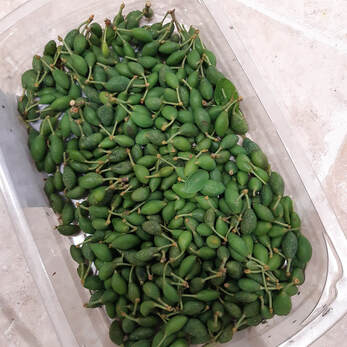
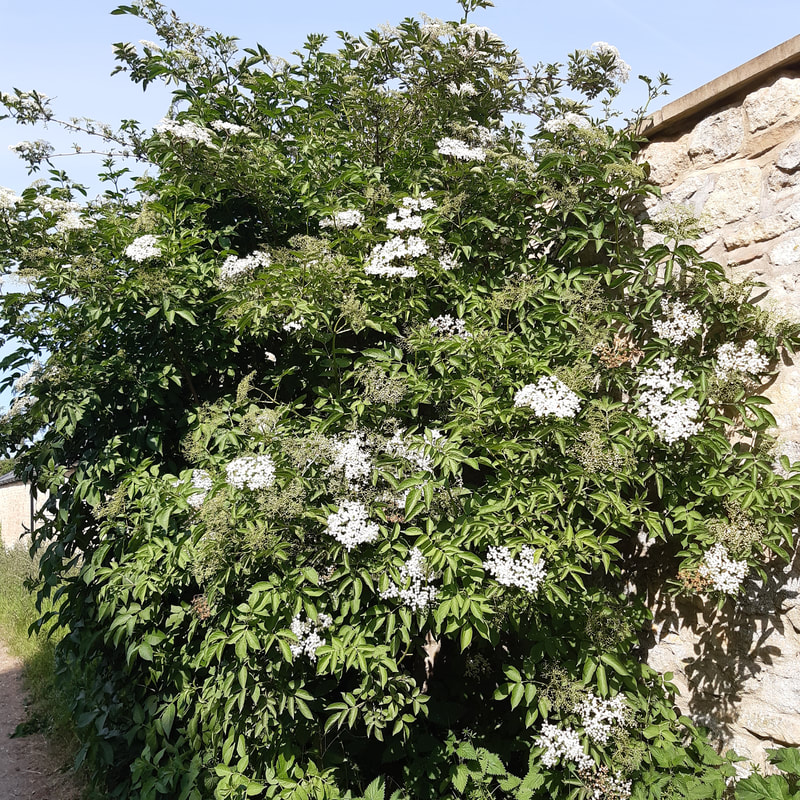
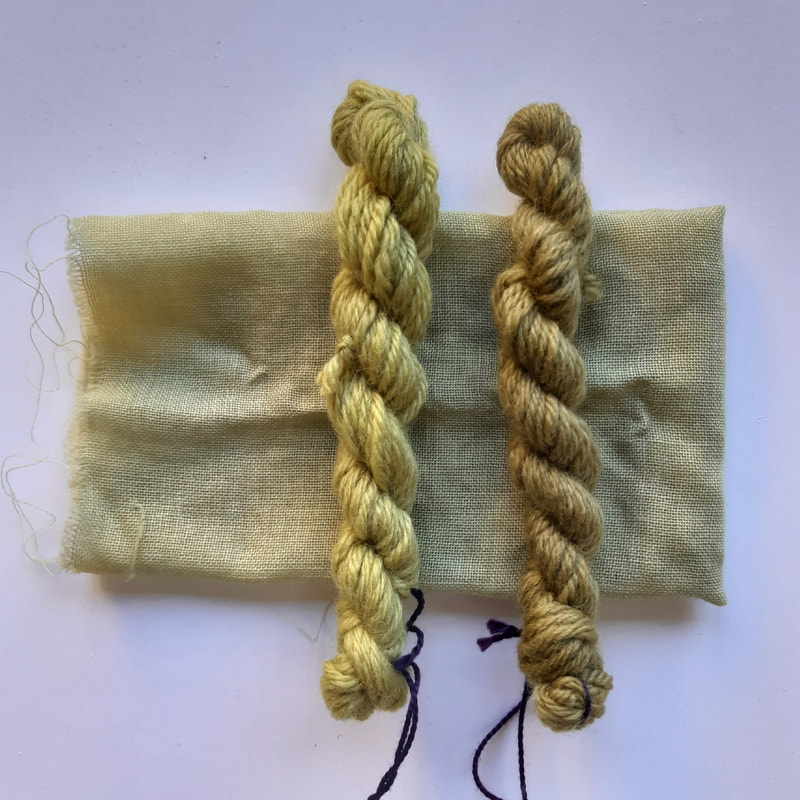
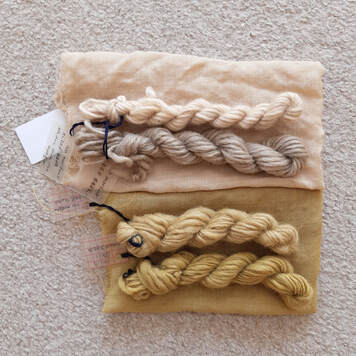
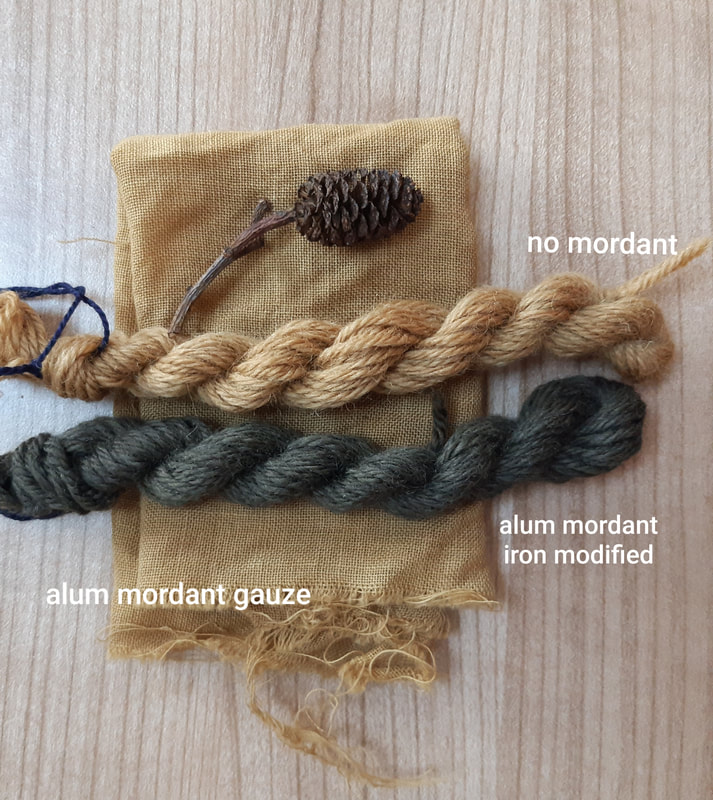
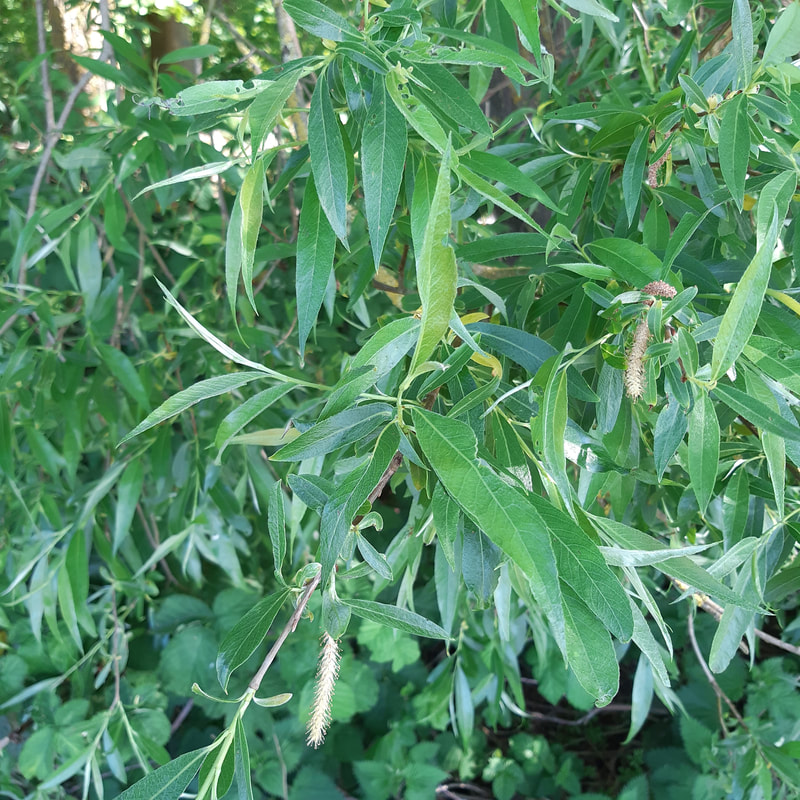
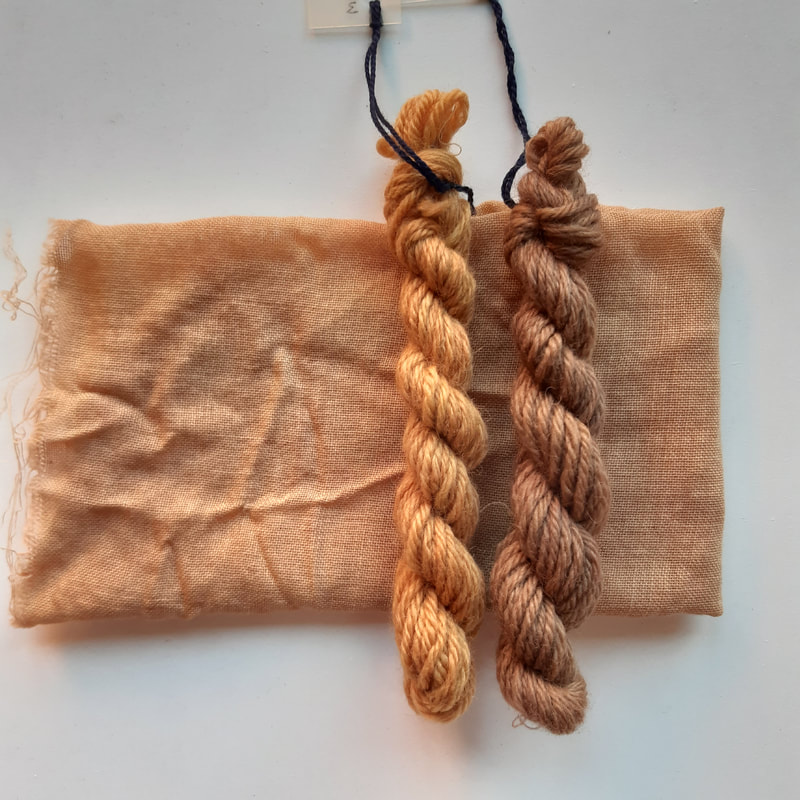
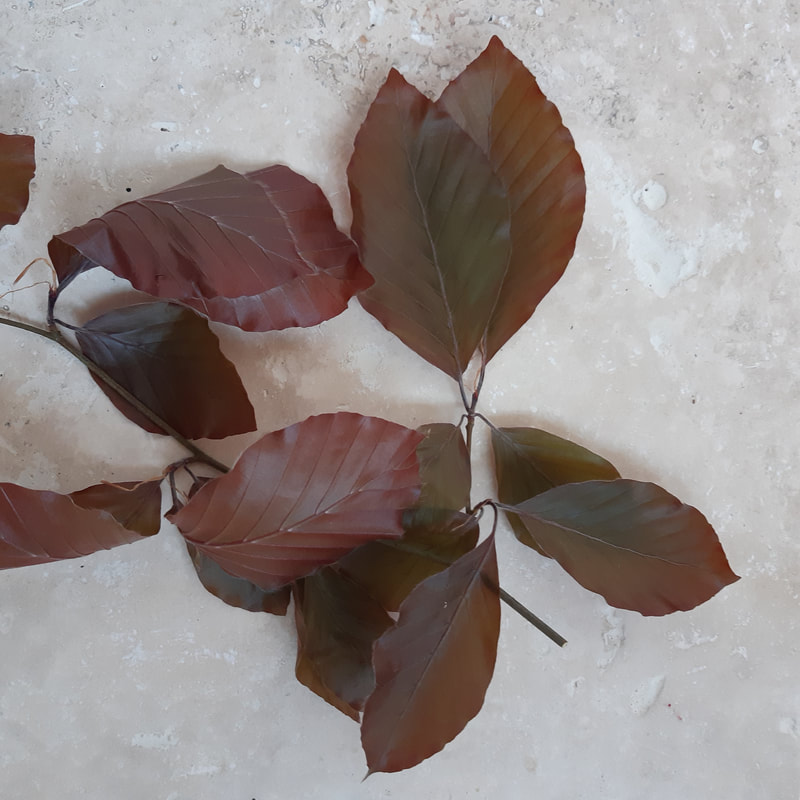
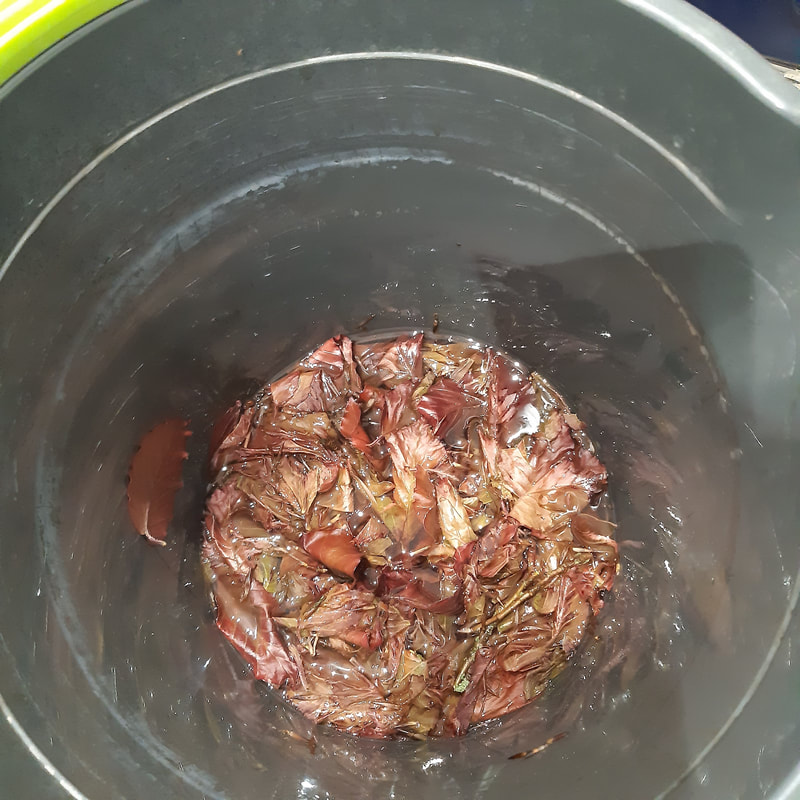
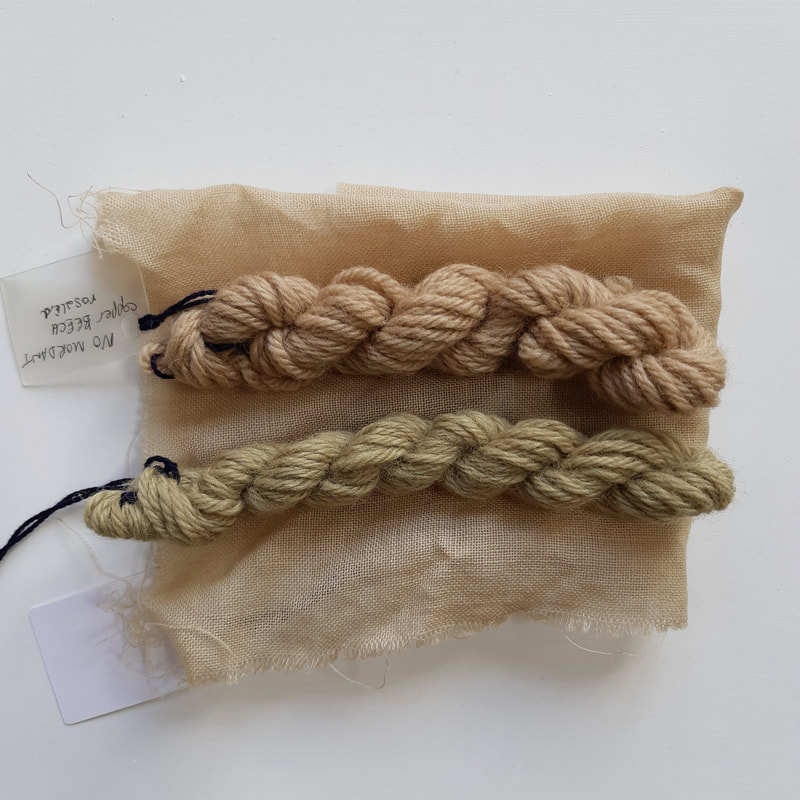
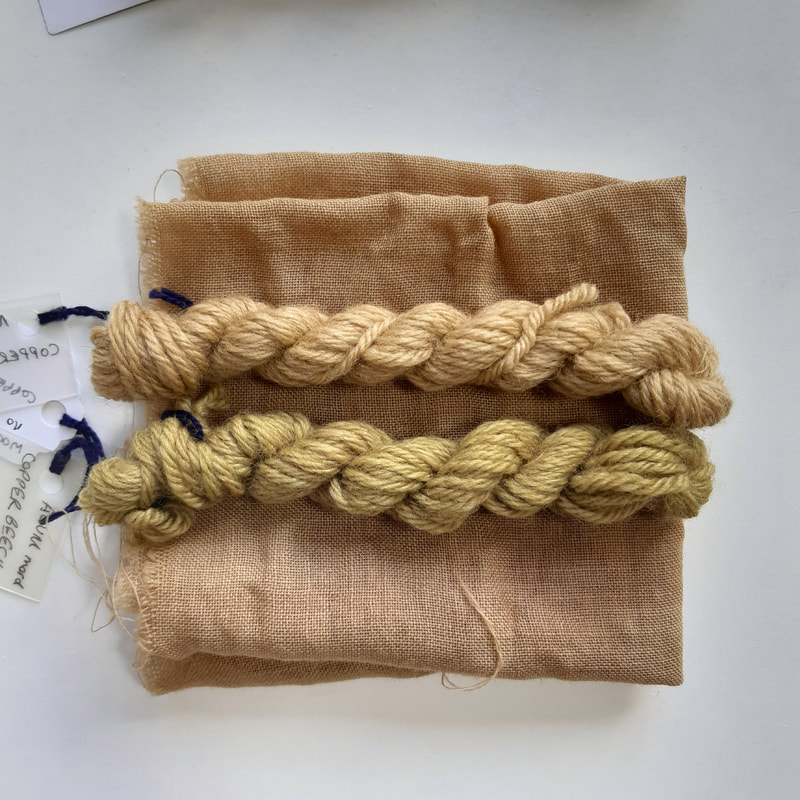
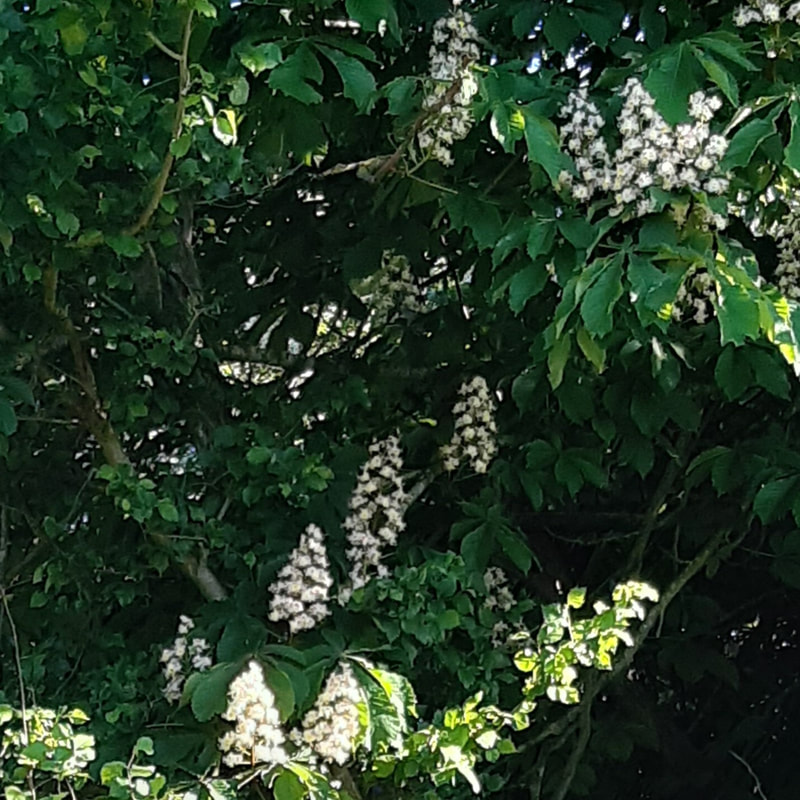
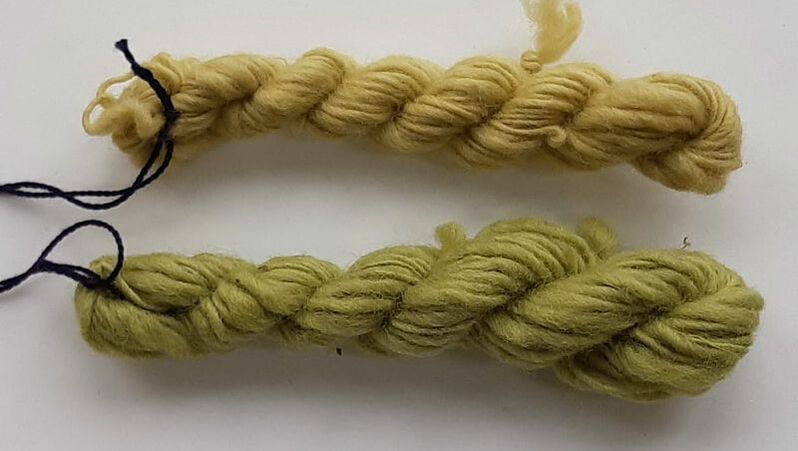
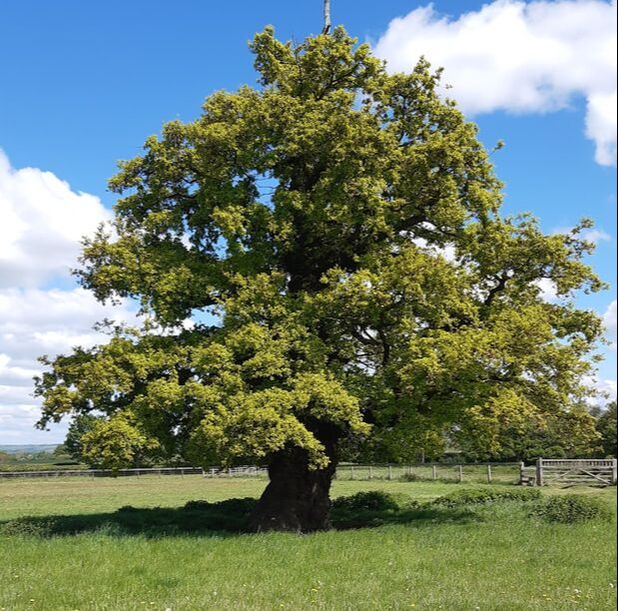
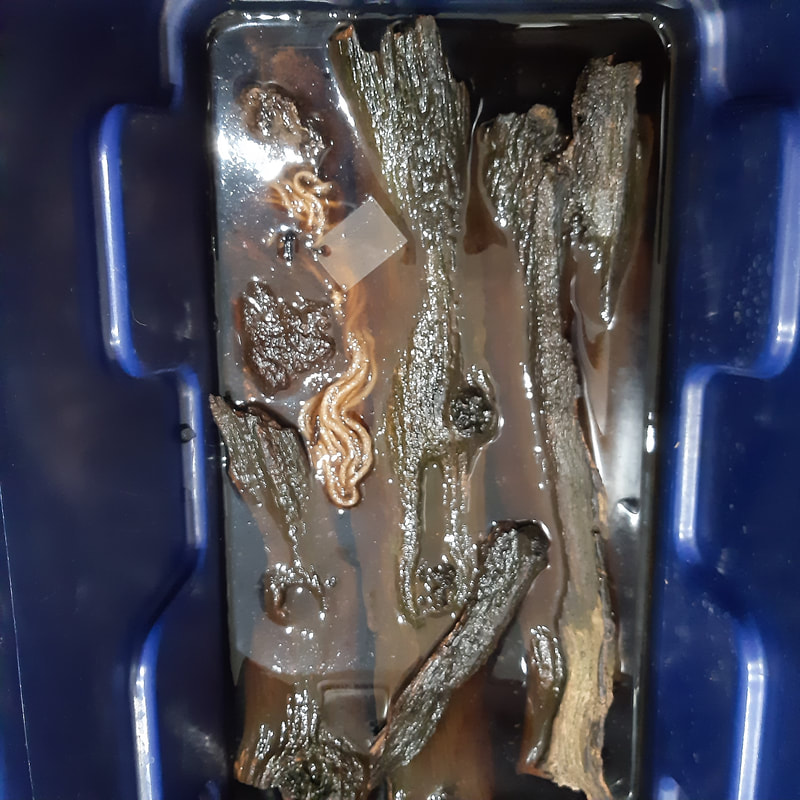
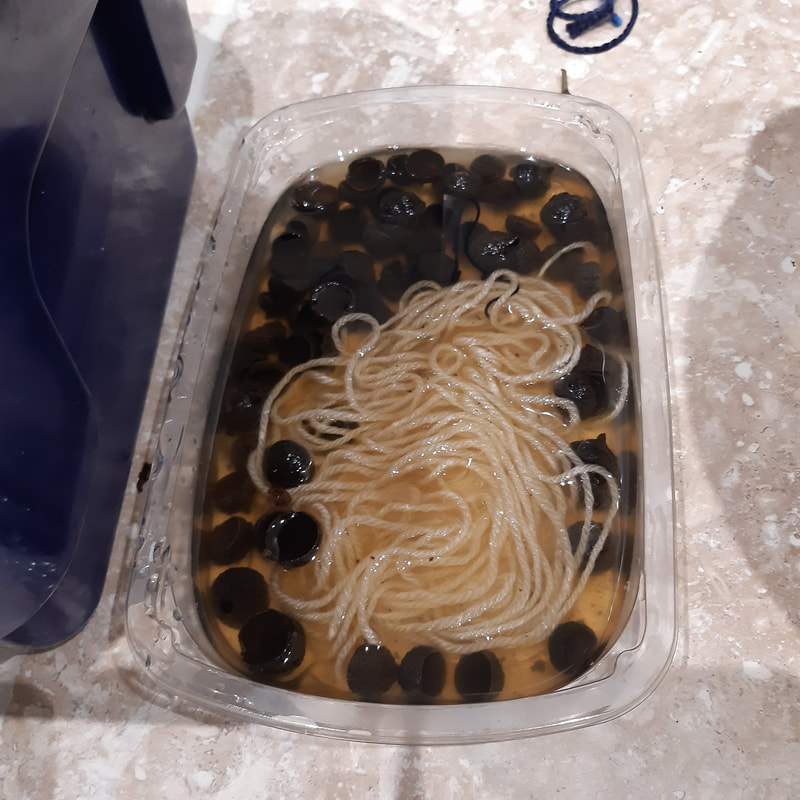
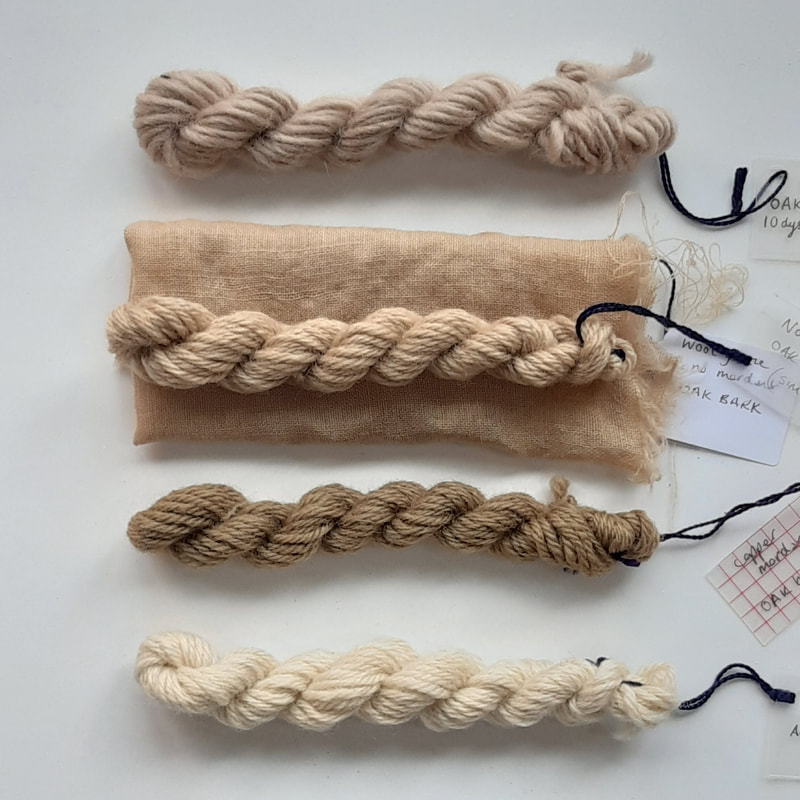
 RSS Feed
RSS Feed
